Growing up in the San Francisco Bay Area, photographer Andrew Kung never thought too much about his Asian identity. For the most part, people in his predominately Asian community looked like him. It wasn’t until 2017, when he traveled down South to document the small Chinese population in Mississippi that he truly realized the complexities of being Asian in America.
“When you think about an Asian American man, historically we’ve been so desexualized and othered that no matter how American we actually are, even if we are born in an American city, or are fluent in English, it doesn’t matter,” Kung explained over the phone. “People will still ask questions like ‘Where are you really from?’ or say ‘Your English is really good’ or like ‘Oh, you’re really attractive for like an Asian man.’”
These complex narratives are documented in Kung’s new two-part photography book, aptly named The All-American. His striking portraits, capture Asian American men in spaces like the classroom and the bedroom where they have often felt invisible. They also celebrate the beauty of their Asian identity.
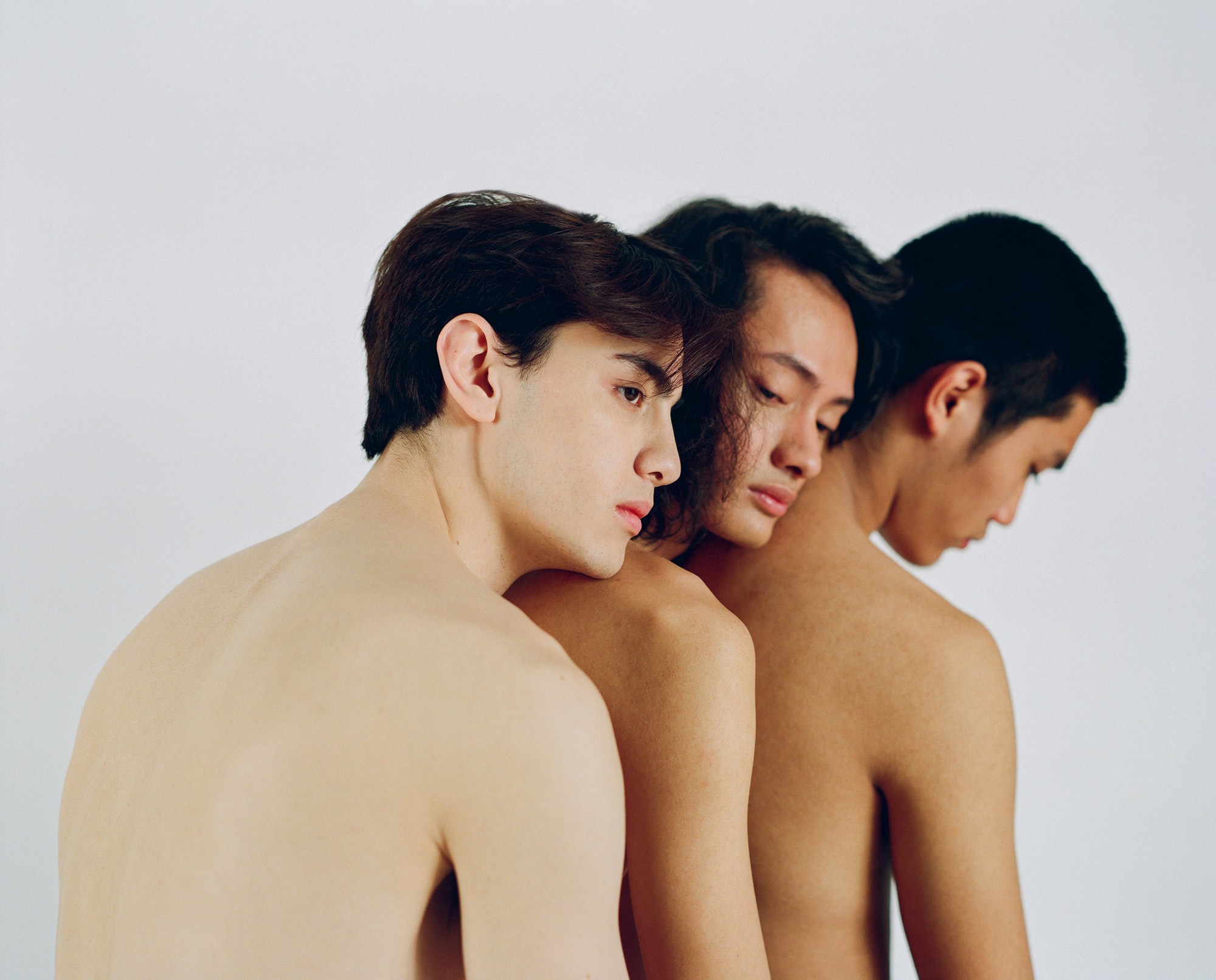
i-D spoke with Kung to learn more about the project, leaving Silicon Valley to pursue photography, and what he hopes people will take away from the book.
Can tell us a little bit about yourself and your background?
I was born and raised in San Francisco. I went to a business school at UC Berkeley and then worked at LinkedIn for about three and a half years. But I really got into photography, my last semester of college, when I started taking photos around San Francisco and exploring places that I never knew existed.
I had LinkedIn move me to New York because I knew I wanted to do photography. The first six months when I was still working with them, I was just building a network of people in the community, shooting a lot more, and building my body of work. And then I finally made the plunge so now it’s been two and a half years, since I’ve been doing photography full time.
What kind of camera did you start shooting on at first?
It was my iPhone. I would just go to random places in San Francisco, take my iPhone, and take some beautiful landscape photos.
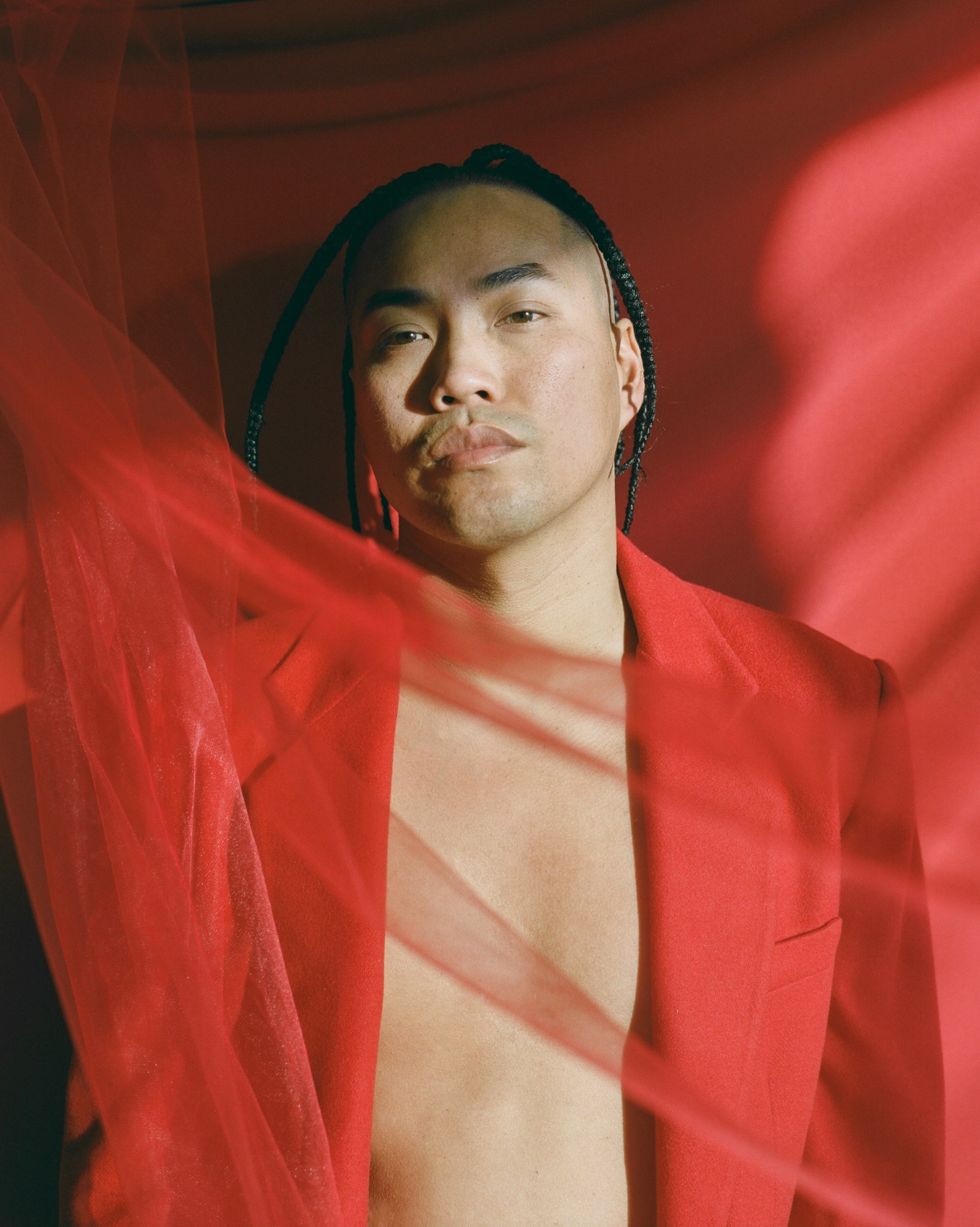
What made you want to do this project and how did it get started?
Growing up in San Francisco and going to UC Berkeley, these communities are very predominantly Asian American. I never really had to think too deeply about my identity, because it almost felt like the norm. It wasn’t until I went to Mississippi, where I photographed the small Chinese population along the Mississippi Delta that I realized that there’s so many different corners and pockets in which Asian Americans live in the US and they all have such different experiences. I became a lot more curious about my Asian American identity, so I talked to a lot of friends, talked to my family about the immigrant experience, and how it was growing up in different parts of the US.
What came out of that?
A lot of the common themes of people, specifically Asian American men would say that “I felt very invisible in a lot of different spaces, I felt like the ‘other,’ I felt very desexualized and emasculated, growing up.” And so, as they started telling me these stories, then I started thinking about maybe some of the micro-aggressions I experienced too as a kid and didn’t even realize. I had an aggregate of stories that I wanted to tell. So given that I was into photography, I was like how do I visually put this together?
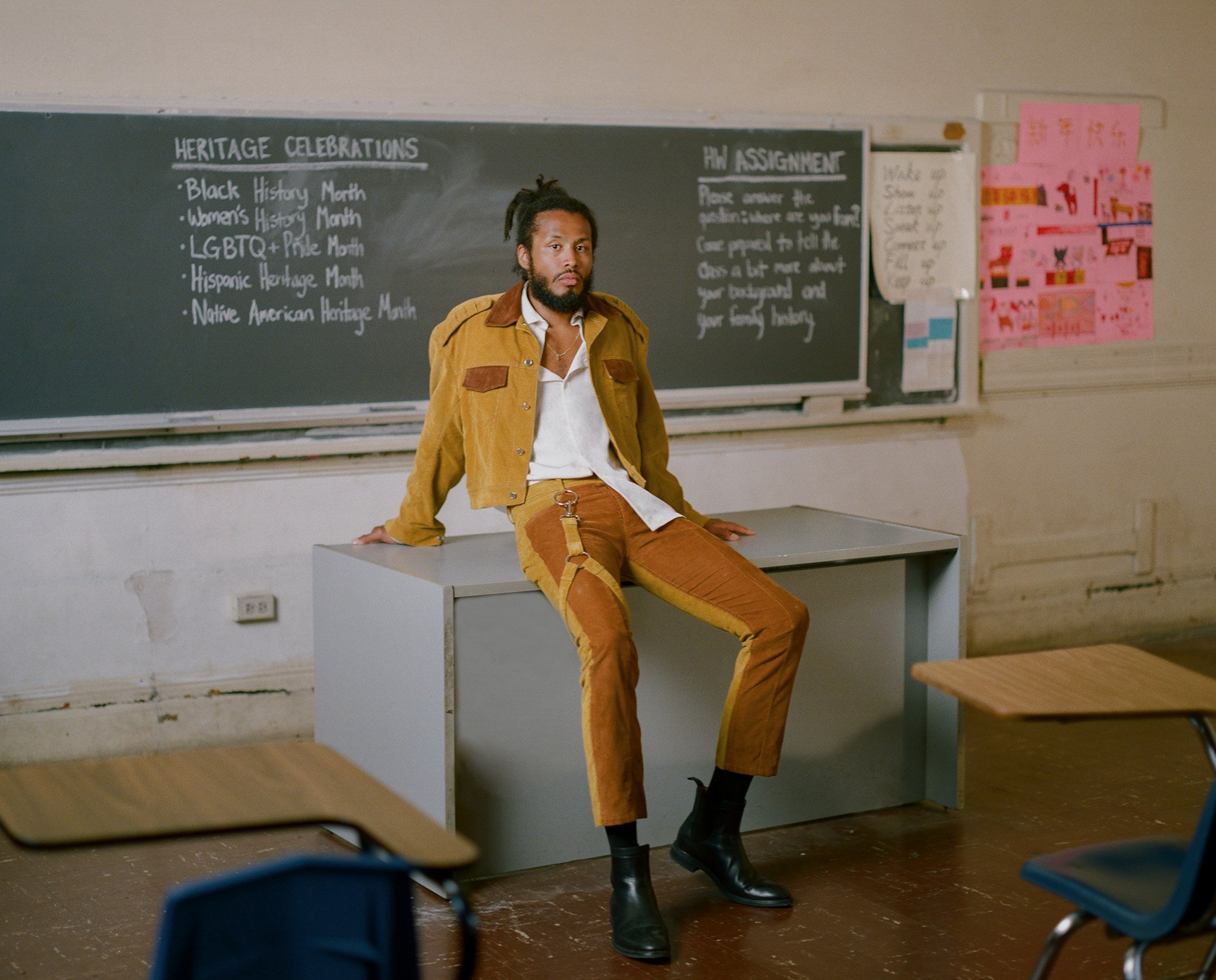
What made you want to do a book?
I wanted to do something that was a bigger narrative piece. And it had to be a book, because we live in an era where it’s so digital. You see an Instagram, you see a website, you look at the images, and it’s done. But I want someone to experience a book, and actually sit with the image, and maybe have a second chance to look at it or think about it. I knew it had to be a fashion series too, because we don’t see any Asian-American men in larger fashion editorials these days or fashion magazines. That’s just something that isn’t existent. So that was a very intentional thing for me as well, to style them in Asian designers too. To celebrate our culture and heritage through another art form. So that’s how the project first started, I got inspiration and then ultimately, in terms of a form of it, in terms of the book, of the narrative, and the designers, all those things came together into a nice visual and cohesive piece.
How did you come up with the title?
So the The All-American, when you think about an all-American, the last person I would argue you would think about is an Asian American, specifically. When you think about all American, it’s like a prototypical white male, who loves sports, who’s traditionally masculine, someone that’s very accepted and celebrated in American society. But when you think about an Asian American man, historically we’ve been so desexualized and othered that no matter how American we actually are, even if we are born in an American city, or are fluent in English, it didn’t matter, because people will still ask questions like “Where are you really from?” or say “Your English is really good” or like “Oh, you’re really attractive for like an Asian man.” These types of micro-aggressions would happen no matter how American you are. These were the things that I myself would experience when I was younger and a lot of my other friends are experienced in like Mississippi and New York, and all over the US. That was the common theme, and I wanted to make a play on the title of The All-American.
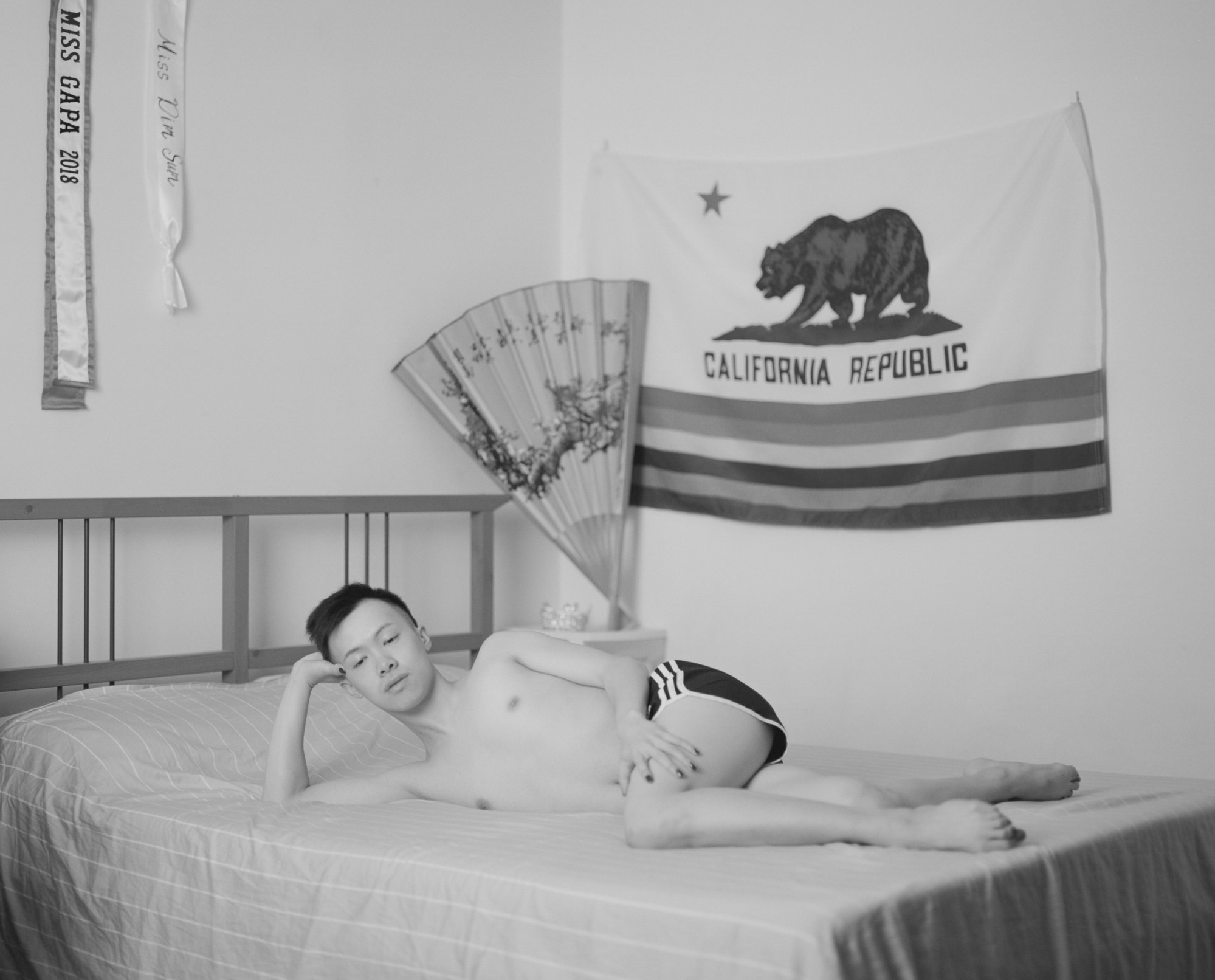
Ho does that play into the two different sections in the book?
So essentially with this structure, I knew I wanted to do two things. One was to really investigate the physical spaces in which the invisibility and otherness happens. So it goes into classrooms, bedrooms, lockers, and corporate offices—all different spaces where you would experience things like the “bamboo ceiling,” almost the glass ceiling for Asian Americans, because we’re not seen as leaders, not seen as vocal. To having that lunchbox experience where you’re being shamed for the food you eat, to being in the classroom and never celebrating Asian Pacific American Heritage month. Always being made fun of because the only form of representation we have is like a Jackie Chan. It was the only way that people could associate with us. The A side is really an investigation into that.
The B side kind of contrasts that with just looking at and showcasing the beauty of Asian-American men in a much more tender and soft way that we’re not used to seeing.
You represent Asian men from all different backgrounds. Was that something that you wanted to intentionally do?
Yes, absolutely. Like 90 percent of these men were all just friends of mine. They weren’t models, they weren’t people who were casted. I just wanted to show the beauty of every day Asian American men. And also a wide variety of them, so not just like East Asian, but mixed Asian. And in terms of sexuality as well, you know, like queer Asian men, and straight Asian men, and show a variety because we’re not used to seeing that on a fashion editorial.
One of my favorite spreads is the two photos, where one is in black and white, and the other is in color right next to it. It’s the same Asian man and in the color photo he is in his drag persona. One thing I took away from our conversation was that he is at such an interesting intersection of gender and sexuality as an Asian American man because as an Asian American man, people see him as a desexualized being. But when he is in a drag persona, people fetishize him and people think he’s this exotic species, and people talk to him in very different manner. I thought that was super interesting. So I wanted to go into his bedroom and showcase that kind of like vulnerability in that bedroom, and show the same composition side by side but it’s just kind of like almost two different skins, and two different personas.
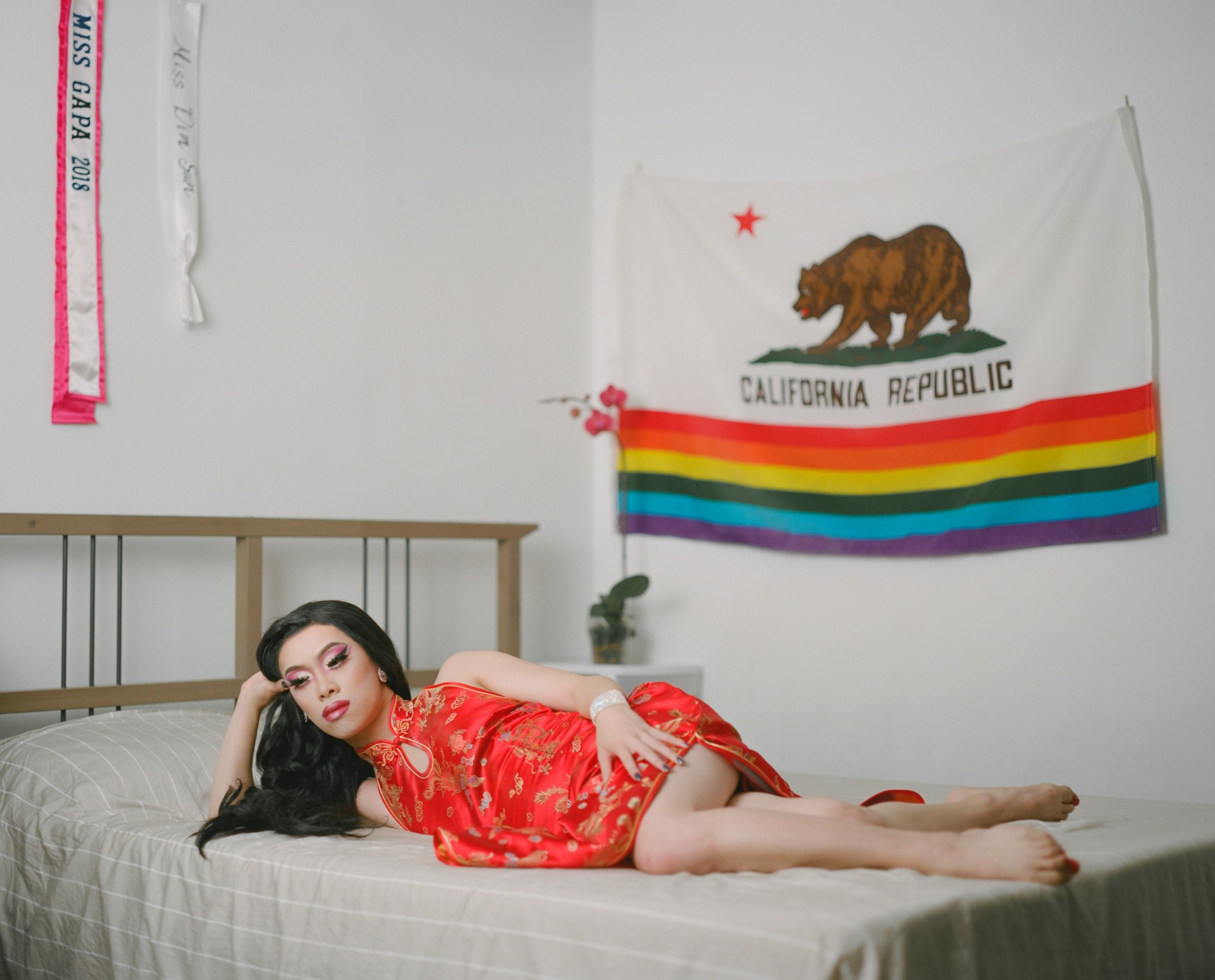
How did you choose what designers to feature?
The idea to showcase strictly Asian designers in the book came from my stylist, Carolyn Son. She is an Asian American artist herself and wanted to add an extra layer of Asian representation in the book. She chose brands such as Sundae School, Private Policy, and Prabal Gurung, who all proudly showcased their Asian heritage through their designs. I think it added a nice element to some of these themes where you wouldn’t necessarily see an Asian American man in this type of designer or in this type of vintage American home. So it almost feels very like, you look at it and you’re like well, I haven’t seen that before. You kind of question it, cause you’re not used to it.
What do you hope that people take away from the book?
I want to essentially build empathy and really educate people, not only in the Asian American population, but also outside of it, about some of these nuanced experiences that Asian Americans, specifically Asian American men, have to go through.
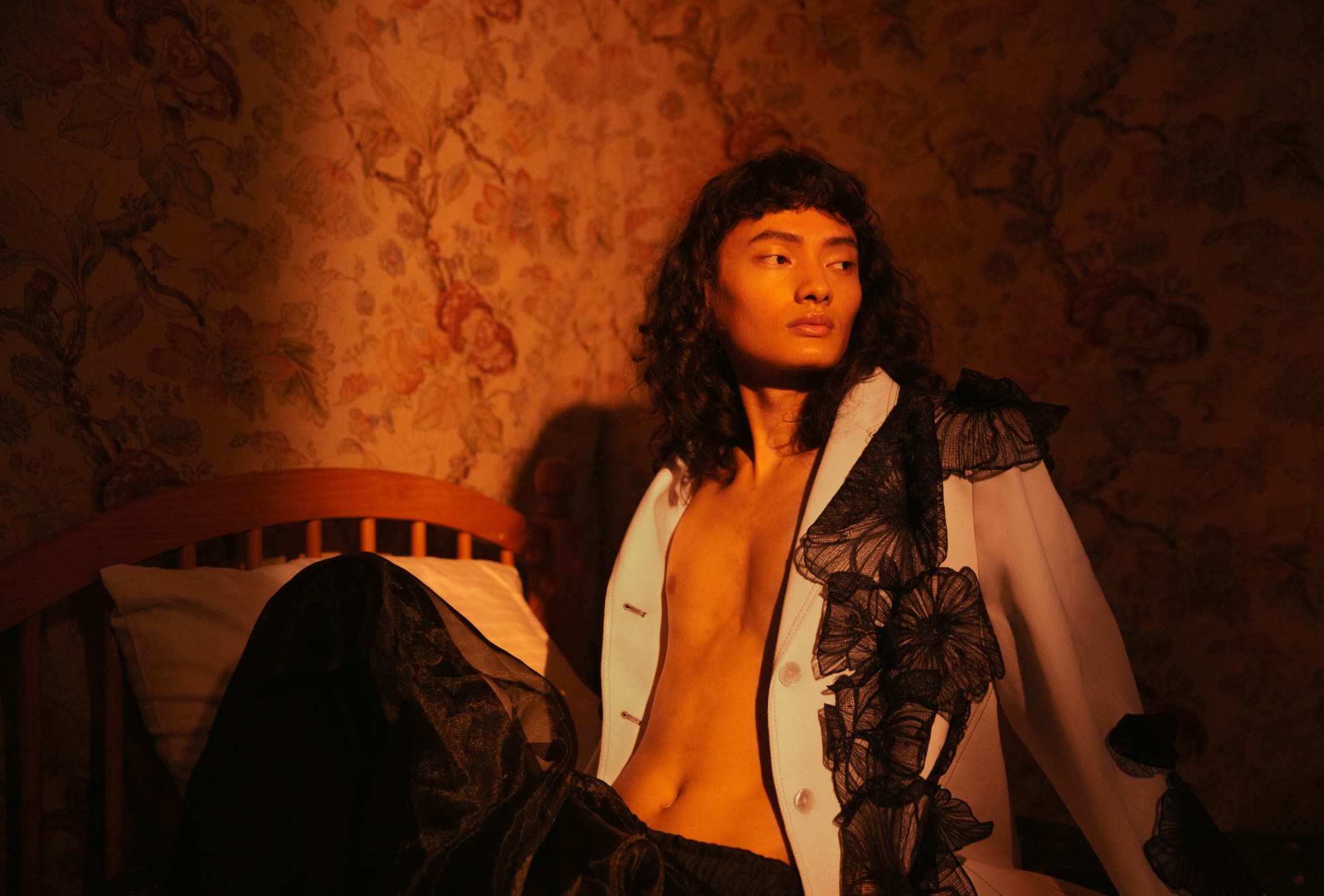
Models styled by Carolyn Son.
